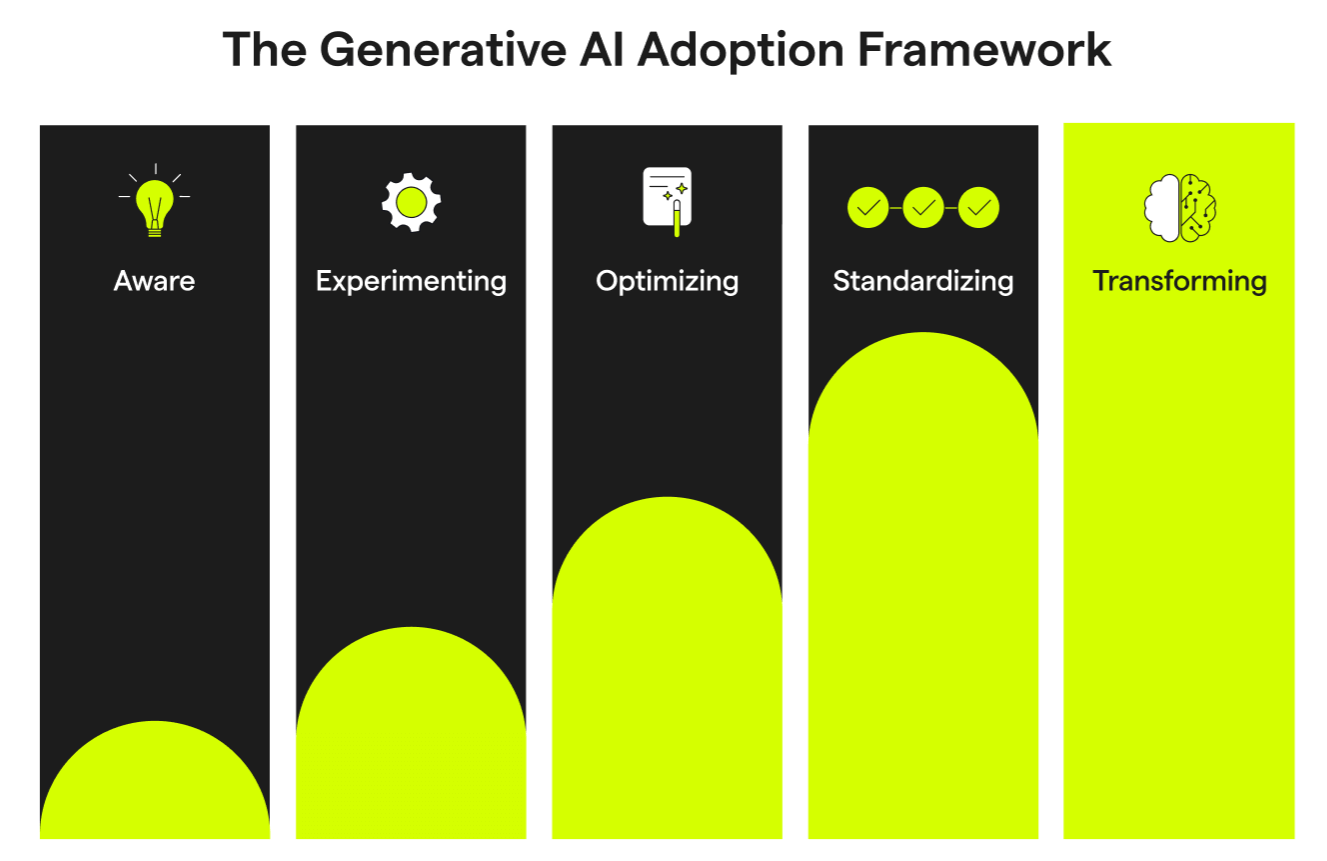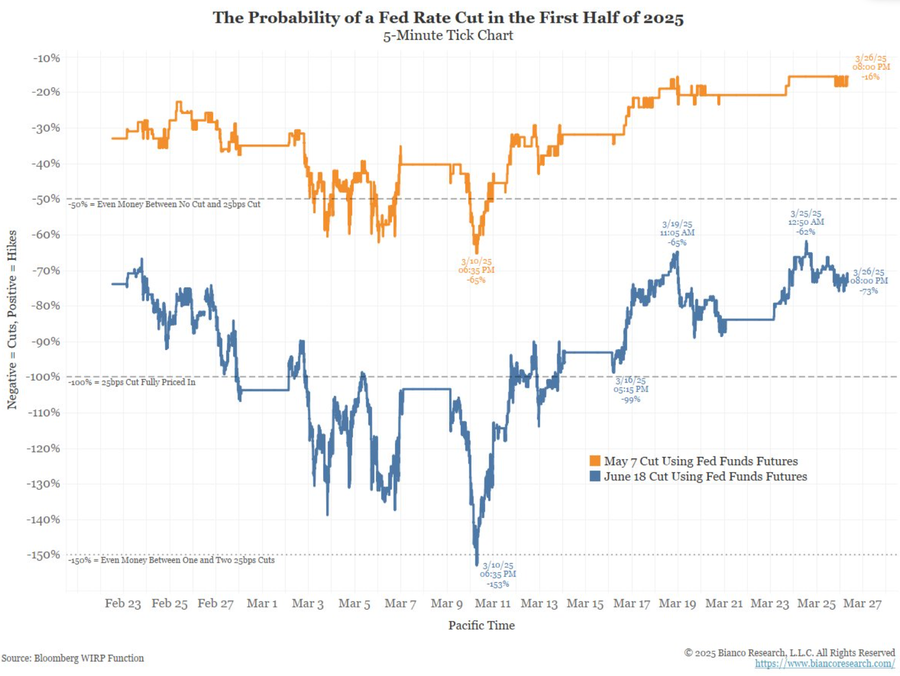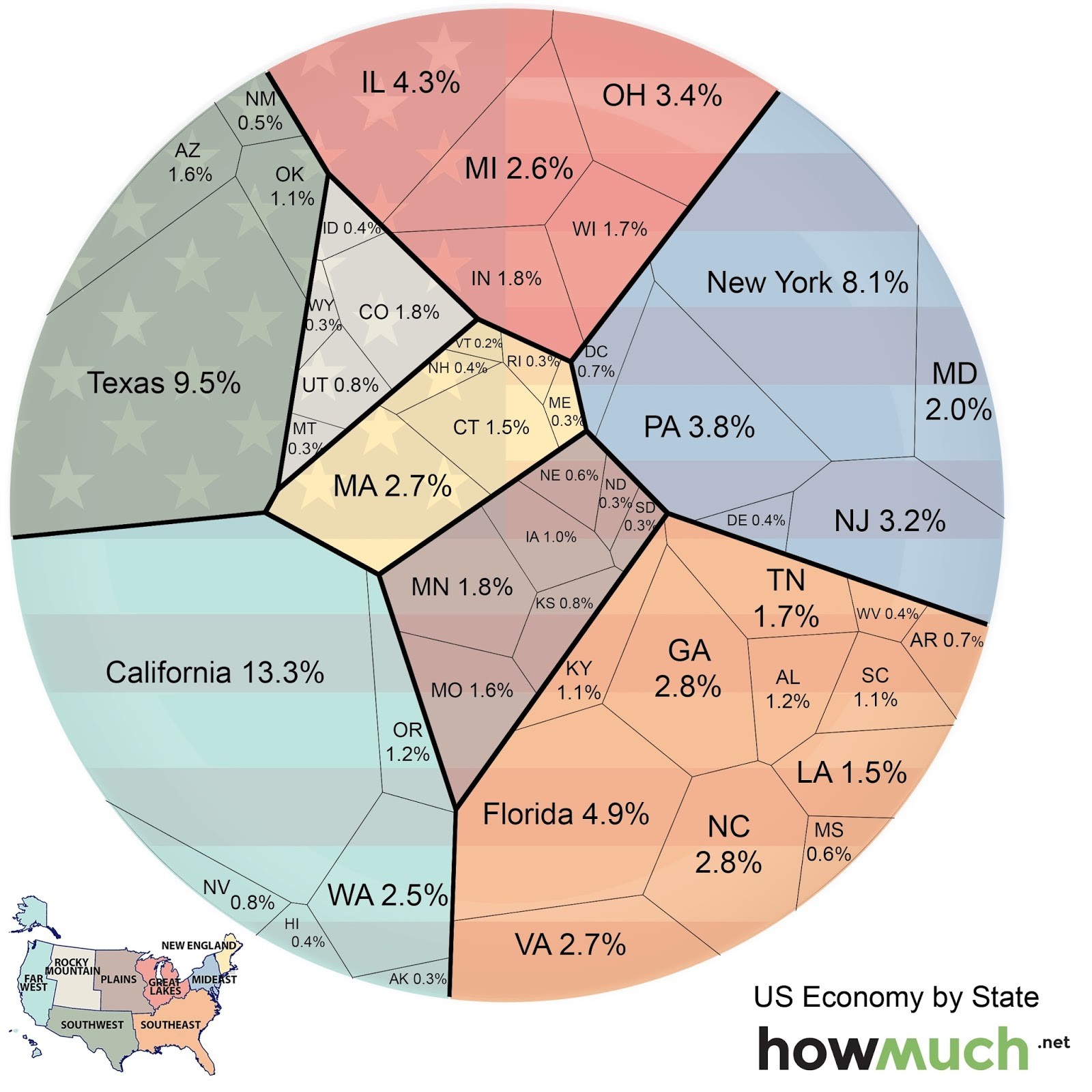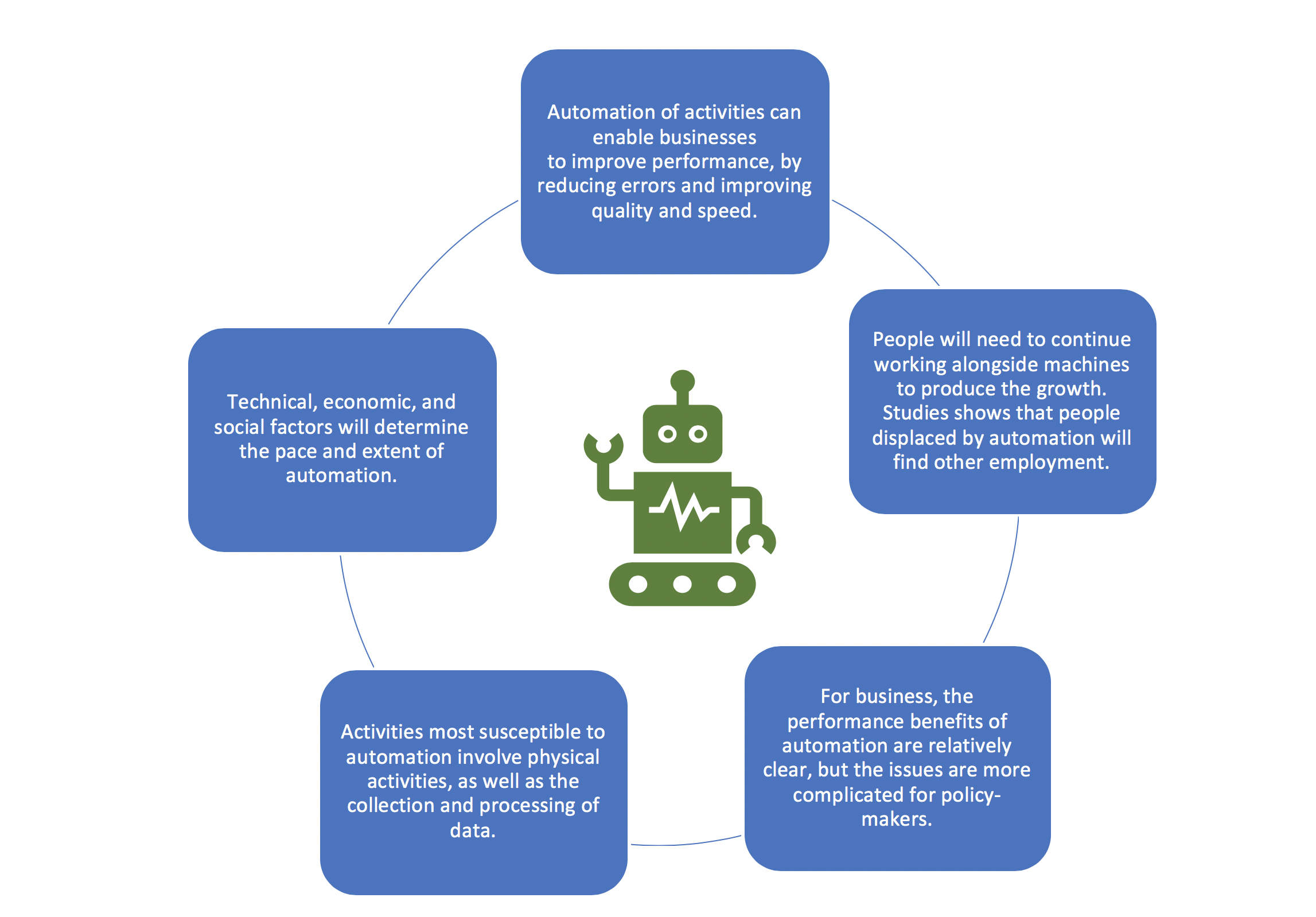The rapid adoption of generative AI is reshaping the landscape of work and productivity, with recent studies indicating that nearly 40% of Americans have engaged with this innovative technology. Generative AI, exemplified by applications like ChatGPT, offers users the ability to produce content by leveraging vast amounts of existing data and published material. This surge in technology adoption rates has sparked interest among economists and businesses alike, as understanding how artificial intelligence in work environments influences outcomes becomes crucial. With nearly a third of individuals incorporating generative AI in their professional tasks, its impact is undeniably significant. In this swiftly evolving digital age, AI usage statistics reveal not only widespread engagement but also highlight the transformative potential of AI in the workforce.
The swift integration of AI tools, particularly those capable of generative tasks, is a fascinating trend that reflects a broader shift in the technological landscape. As contemporary workers begin to utilize advanced algorithms for diverse functions, the implications of such practices become paramount for both employers and employees. Whether referred to as machine learning applications or intelligent content generators, the seamless incorporation of these innovations signifies a pivotal change in how work is approached. Moreover, survey findings indicate a notable increase in technology adoption rates, especially among younger, more tech-savvy demographics. This revolution in artificial intelligence usage underscores the necessity for businesses to adapt and harness these tools effectively.
The Rapid Adoption of Generative AI
The adoption rate of generative AI tools such as ChatGPT has surpassed the historical uptake of technologies like the internet and personal computers. According to a recent survey, nearly 40% of Americans aged 18-64 reported using generative AI, with 28% utilizing it in their professional tasks. This swift adoption aligns with a broader trend in technology usage where innovations build upon existing digital infrastructure, prompting users to transition quickly from traditional methods to cutting-edge solutions.
Such rapid integration into daily work routines suggests that companies should be proactive in harnessing generative AI capabilities. Organizations that effectively incorporate AI into their workflows could see significant improvements in efficiency and productivity. As generative AI continues to evolve, understanding how to leverage these tools effectively will be crucial for creating a competitive edge in the rapidly advancing technological landscape.
Frequently Asked Questions
What are the current AI usage statistics related to generative AI adoption in the workforce?
As of August 2024, nearly 40% of U.S. adults aged 18-64 have utilized generative AI, with 28% using it at work and 33% outside of work. This adoption rate is significantly higher than the early adoption of the internet and personal computers.
How is generative AI impacting AI usage statistics in different demographics at work?
Generative AI adoption varies by demographics, with younger people, those with higher educational levels, and individuals in white-collar jobs more likely to use it. The technology is utilized across occupations, with STEM fields showing the highest rates of adoption.
Why should companies be interested in the technology adoption rates of generative AI?
Understanding technology adoption rates is crucial for businesses as it can guide strategic planning. The swift adoption of generative AI suggests it will play a significant role in future developments, similar to how personal computers transformed industries.
What are some of the key tasks where generative AI is utilized in the workplace?
Generative AI is most commonly used for drafting emails, generating documentation, and supporting creativity in writing and projects. Companies are seeing this technology aid operations informally, highlighting its versatility across various functions.
How has ChatGPT’s impact on generative AI adoption influenced industries?
ChatGPT’s debut in 2022 sparked widespread interest, contributing to faster adoption of generative AI than witnessed with the internet or PCs. This has led industries to explore innovative applications of the technology, with implications for a range of business processes.
Are there significant differences in generative AI adoption across different industries?
Yes, while generative AI is broadly adopted, usage is particularly high in STEM and management sectors. However, its impact is also noticeable in blue-collar jobs, reflecting its growing importance across diverse fields.
What is the potential future of generative AI in the economy?
The economic implications of generative AI are expected to be vast, with predictions that it could drive significant changes and opportunities in various sectors over the next decade, comparable to previous technological revolutions.
How can businesses effectively harness generative AI in their operations?
Companies should focus on integrating generative AI into their processes as a foundational technology rather than as a standalone product. Successful adaptation may lead to discovering ‘killer apps’ that leverage this versatile tool for maximum benefit.
| Key Points | Details |
|---|---|
| Generative AI Adoption Rate | Nearly 40% of U.S. adults aged 18-64 have used generative AI; faster than the internet and PCs. |
| Who Uses Generative AI? | 28% of employed individuals use it at work; 33% use it outside of work. |
| Demographic Insights | Higher usage among younger people, men, those with higher education, and in white-collar jobs. |
| Adoption Impact on Economy | Rapid generative AI adoption is expected to predict significant economic impacts. |
| Future Considerations for Businesses | Companies must consider how to incorporate generative AI to stay competitive. |
Summary
Generative AI adoption is reshaping the work and economic landscape at an unprecedented pace. With nearly 40% of Americans engaging with generative AI tools, it is clear that this technology is becoming embedded in both professional and personal tasks. The swift integration of generative AI compared to the internet and personal computers suggests a transformative potential that businesses must not overlook. Understanding and harnessing this technology will be essential for organizations aiming to gain a competitive edge in the coming years.



